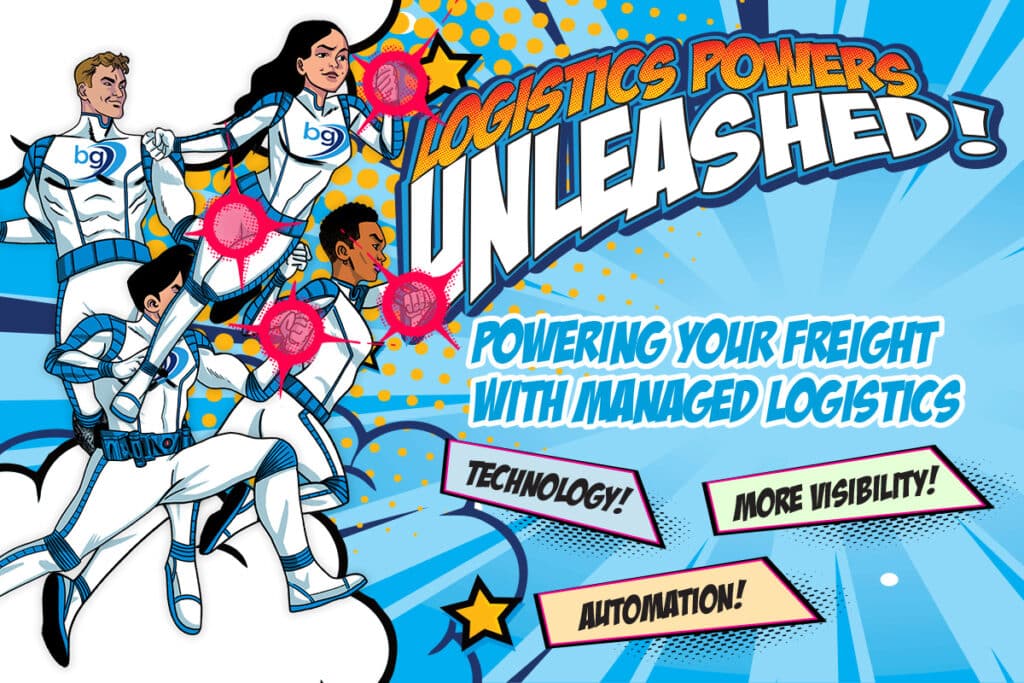
How Can Predictive ETAs Improve Freight Movement

What This Blog Is About:
-
What is an ETA and how it is calculated?
-
The importance of working with accurate ETAs
-
How technology can help companies get ETAs based on real-time data
When Will It Arrive?
ETA (Estimated Time of Arrival) indicates the date and time of expected arrival of a vehicle, shipment, or delivery to a specific location. Fleet managers must know the estimated time of arrival to minimize delays, which can cause wasted time and money.
By communicating estimated arrival times or possible delays, you inform customers and allow them to plan their time accordingly. However, manually calculating ETA can be difficult when planning a fleet of significant size. As a result, this may lead to substantial deviations, leading to a broken schedule.
To understand the importance of ETAs, we need to know how it is calculated. Typically, it is done using the speed and the distance traveled so far. The remaining distance is divided by the measured speed to predict the arrival time.
For each sector, several factors affect the estimated time of arrival. For example, in a flight, the wind and its direction are also considered. On the other hand, in maritime transport, the weather and route must be taken into account. In transportation in general, two key factors affect the estimated time of arrival: traffic and navigation.
How Technology Can Improve ETA
Today, many companies have already launched AI tools to improve the prediction of maritime and land transport operations. For example, consider drayage movement. A decision support system can be added based on a predictive model of land transport behavior. The model takes historical data and through deep learning techniques and neural networks, produces a detailed forecast of the arrival times of the trucks at the terminals. Based on this, the system notifies the carriers of the terminal access times. For the terminals, a dynamic forecast of the workload based on the changes in the boundary conditions (saturation of highways and roads, the actual time of arrival of the ship, degree of saturation of the terminal, etc.) can be provided.
Deep learning and neural networks are one of the most popular machine learning methods in recent years. They are inspired by the functioning of neurons in the brain. They transform the input values layer by layer until they get the value of the variables to be predicted. Although the results offered by neural networks are very satisfactory, they require large amounts of data to learn, and the learning times are long (days or even weeks). Natural language processing, image pattern recognition, and speech processing are the main success stories of deep learning. In this way, the evolution of data collection and management must go through the following levels: recording, analyzing, simulating, forecasting, and, finally, recommending. Based on this, it is expected that the new generation software will apply predictive and prescriptive analysis techniques as tools to support decision-making in the planning of the actors of the supply chain. And of course, this logic can be applied to any mode of transport.
The digital transformation in logistics and the logistics chain involves significant amounts of data, much of it in real-time. The competitiveness of the companies of the future will largely depend on the ability to take advantage of this information. AI tools make it possible to take advantage of the potential of this vast amount of data. This helps managers take decisions that are of higher quality and can be shared and generated more quickly. This ensures a better optimization of time, cost, and reliability of operations in the logistics environment. Complementarily, all this will end up resulting in more flexible and real-time management of operations.
Businesses that first realize the benefits if AI and its potential to change the sector will undoubtedly gain operational efficiency compared to their competitors. Companies that already have advanced systems that allow significant data collection will be the best prepared to incorporate AI tools successfully.
Why Are Accurate And Reliable ETAs important?
Resources spent on manual processes can also be improved. Time and resources are wasted by manually tracking shipments. With predictive ETAs, everyone knows where the shipment is and when it will arrive at its destination, meaning you don’t need to spend hours tracking it down. Making a single call or email seems harmless enough, but when it takes numerous touchpoints to track down one shipment, it adds up. By reducing the need for check calls and manual tracking, you can recover this time and reallocate the resources to focus on initiatives that will drive revenue for your company.
To generate an accurate ETA, it is essential to understand the current state of a shipment by analyzing high-quality data. The most advanced algorithms use data from hundreds of internal and external sources. If foundational data inputs are missing or outdated, the ETA accuracy will suffer. It’s best practice to review the ETA with every geolocation update of a shipment to monitor for current and upcoming factors.
To effectively compete in the on-demand economy, companies must continuously innovate to provide a differentiated customer service experience. Those who take steps to improve ETA accuracy will realize efficiency gains across their supply chain and build a sustainable competitive advantage in the marketplace by better serving their customers.



